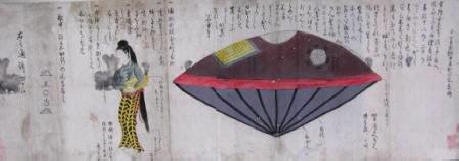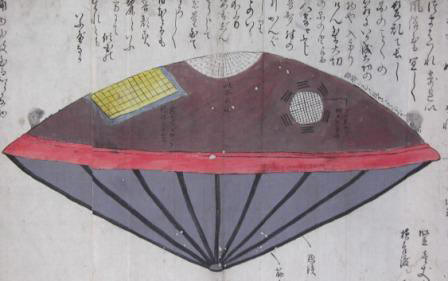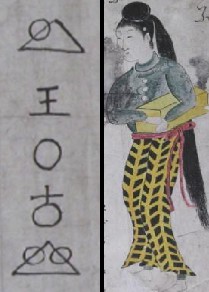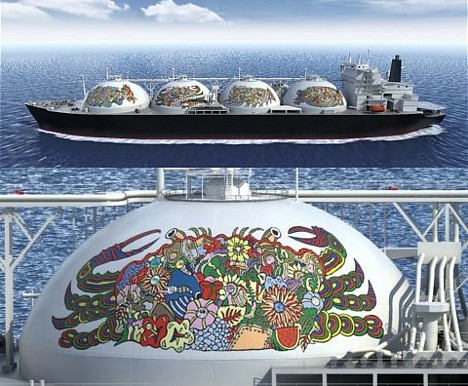 Major vacuum equipment manufacturer ULVAC has announced plans to enter the fishing tackle industry with a new type of lure featuring a nanocoating applied with special vacuum technology. The high-tech lure, called STROM, will go on sale online in October.
Major vacuum equipment manufacturer ULVAC has announced plans to enter the fishing tackle industry with a new type of lure featuring a nanocoating applied with special vacuum technology. The high-tech lure, called STROM, will go on sale online in October.
Relying on a vapor deposition polymerization technique used in semiconductor manufacturing, an optical coating is formed over the entire glossy surface of the lure. The ultrathin optical coating has a high degree of light transmission, giving the lure an iridescent "holographic color" that changes according to the viewing angle.
Fishing lures typically use motion and color to attract the attention of fish, and they often feature decals and paint designed to reflect sunlight. These conventional lures are only capable of reflecting light in one direction, though, putting them at a distinct disadvantage when compared to STROM.
In tests, anglers using STROM caught 4 times as many fish as those using other commercially available lures. The company claims the lure appeals to freshwater fish such as trout, as well as to reef-dwelling saltwater fish such as rockfish.
ULVAC's initial plans are to roll out two types of STROM lures -- one weighing 2.4 grams and one weighing 3.7 grams. The lures will be priced at 3,000 yen ($US25) and will only be available online. The company hopes to sell 6,000 units.
"Now, even beginners can enjoy lure fishing," says the president of Tigold Corporation, the ULVAC subsidiary handling sales.
[Source: Fuji Sankei]

 As long as robotic bellhops are one day destined to carry our luggage and show us to our hotel rooms, we might as well provide them with the agility to wiggle safely through crowds of people. That's the thinking of Hitachi's robotic engineers, who have been working with researchers from Tsukuba University to upgrade their EMIEW (Excellent Mobility and Interactive Existence as Workmate) robot's crowd navigation abilities.
As long as robotic bellhops are one day destined to carry our luggage and show us to our hotel rooms, we might as well provide them with the agility to wiggle safely through crowds of people. That's the thinking of Hitachi's robotic engineers, who have been working with researchers from Tsukuba University to upgrade their EMIEW (Excellent Mobility and Interactive Existence as Workmate) robot's crowd navigation abilities.



 Aboard the drifting vessel was a finely dressed young woman with a pale face and red eyebrows and hair. She was estimated to be between 18 and 20 years old. Because she spoke an unfamiliar tongue, those that encountered her were unable to determine from whence she came. In her arms she clutched a plain wooden box that appeared to be of great value to her, as she would allow nobody to approach it.
Aboard the drifting vessel was a finely dressed young woman with a pale face and red eyebrows and hair. She was estimated to be between 18 and 20 years old. Because she spoke an unfamiliar tongue, those that encountered her were unable to determine from whence she came. In her arms she clutched a plain wooden box that appeared to be of great value to her, as she would allow nobody to approach it. 


